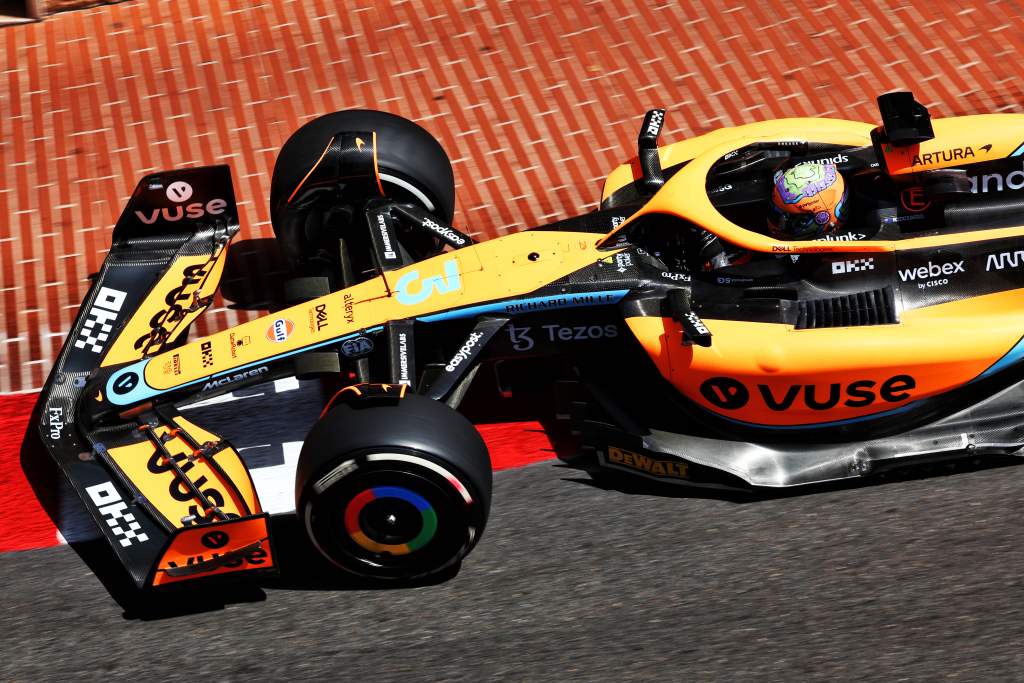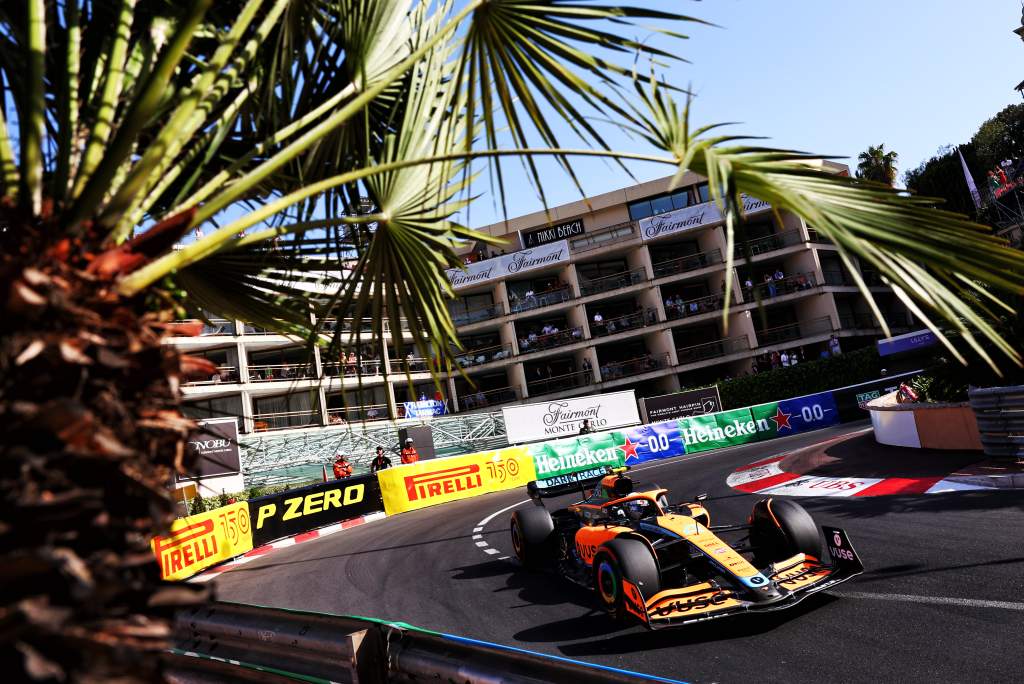Up Next

Though McLaren’s 2022 Formula 1 season has not been straightforward so far, there’s one area where the team is convinced its new design has resolved a problem that held its predecessors back – partly simply because of F1’s big regulation change.
The McLaren-Mercedes MCL36 has a more balanced performance across a range of corners, with pace in low-speed corners no longer the “roadblock” it was for the previous generation of the team’s cars, according to technical director James Key.
Last year’s car had strong peak downforce levels, but struggled to produce downforce consistently in the slower corners. That made it particularly vulnerable on more twisty circuits with longer turns. Attempts were made to tackle this characteristic last year, but limited progress was made.
Although this year’s car did show hints of similar weaknesses early on, this was partly because McLaren’s front brake cooling troubles had limited its set-up work.
Drivers Lando Norris and Daniel Ricciardo indicated the car was still not that strong in slower corners at that stage of the season and consequently initially expected McLaren to struggle at tracks where it then proved more competitive.
Key has said “the low-speed is not perfect, but it’s not the real roadblock we had in previous years”.
While there is still a struggle for front load in slower corners, this is down to the inherent characteristics of this new generation of ground-effect cars, which also run on new Pirelli rubber for the 18-inch wheelrims that have a more understeery balance than last year’s tyres.
“Some of it definitely is these cars’ wider characteristics, so for totally different reasons to last year it’s still a bit of a trait of these cars,” said Key when asked by The Race about the progress made in this area.

“Very little of the reasons behind the issues which we had before [carried over]. We could see what they were but it was really difficult to budget without massive changes and fresh approaches in some key areas, which is always difficult to do in-season.
“As we’ve come through those first races of the year and we’ve iterated our car set-up and optimised around the platform we’ve got, learned how to use it better, and also made some mechanical adjustments to allow us to better mechanically set the car up and balance it and so on, we’ve balanced the corner speed differences out now.
“We still strong in medium speed, but probably nothing special in high speed. It’s not a weakness, but sort of average I would say, or reasonably good [in Spain] if you look at GPS overlays.
“The low speed is no longer the really difficult situation we had at times before where we just couldn’t get the car to do what we wanted it to do.
“So to a certain extent by design, but to a certain extent by the regulations, we found directions which are definitely improving the low-speed performance.
“There are a few types of corner which still catch us out a little bit. But we haven’t got this huge imbalance of really strong high-speed and, at times, really poor low-speed.”
McLaren has, on average, the fourth-fastest car over the season so far. While its position has fluctuated, it had the strongest car in the midfield in Australia and Monaco and has established itself in fourth in the constructors’ championship.
The improvement in lower-speed corners relative to the rest should stand it in good stead this season, with Key pointing out that such corners are becoming more important performance differentiators.
While slow corners have always been significant in the laptime equation due to the length of time cars spend in them, Key suggests the performance in the high-speed corners is converging thanks to the ground effect rules.
“As you see the downforce levels go up, so those low-speed corners become ever more important to differences in the cars,” said Key.
“And if you look at the qualifying overlays example [from Spain], we’re interested in looking at how Mercedes did and Red Bull – high speed’s all pretty similar to be honest with you.
“And it’s beginning to be that low-speed which is the performance differentiator now that everyone’s sort of high-speed is getting easier and easier with the downforce we’re getting.”





